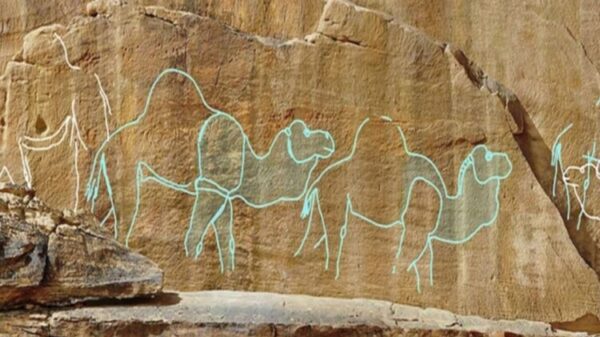Recent research has significantly revised the age of what was believed to be Earth’s oldest impact crater. Located in the remote Pilbara region of Western Australia, the crater, initially thought to have formed approximately 3.5 billion years ago, is now believed to be much younger, dating back to around 2.7 billion years according to a new study published in Science Advances.
The original findings, which claimed the crater was over 100 kilometers in diameter, suggested that it may have played a crucial role in the formation of continental crust and potentially influenced early life. However, the new research presents a different picture, concluding that the crater’s actual diameter is closer to 16 kilometers and its impact occurred much later than previously estimated.
Understanding the Misidentification
The crater, located at a site known as North Pole Dome, drew initial attention due to its size and presumed age. The first report on the crater indicated that it formed around 3.5 billion years ago, which would have made it the oldest known impact site on the planet. However, researchers from another study, including the authors of the new findings, took a closer look at the geological evidence.
Both studies identified distinctive shatter cones, which are conical imprints left on rocks by the shock waves from meteorite impacts. The earlier study argued that the presence of shatter cones below a 3.47 billion-year-old sedimentary layer provided solid evidence for an impact at that time. Yet, the new research discovered shatter cones not only in the older rocks but also in younger volcanic layers, indicating that the actual impact event must have occurred after 2.77 billion years ago.
Implications of the Findings
The implications of this revised timeline are significant. The original crater’s estimated size and age suggested it could have had a major influence on the geological and biological landscape of early Earth. However, the new analysis reveals that the crater is relatively small and too young to have had such an impact on continental formation or early life.
The researchers also emphasized the importance of naming the crater appropriately, consulting with the local Nyamal people to honor their heritage. The crater has been designated the Miralga impact structure, reflecting its cultural significance.
This new understanding highlights the ongoing challenges in geology, where dating ancient events can lead to varied interpretations based on available evidence. As planetary scientists continue to study ancient impacts, the Miralga crater serves as a unique site for exploring early Earth conditions. It offers valuable insights into planetary formations that may also apply to other celestial bodies, including Mars.
The Miralga impact structure may not be the oldest known crater, but it stands out as a scientifically rare example of a basalt-formed crater. The research opens avenues for further exploration of ancient rocks and their connections to the early evolution of life on Earth and potentially on Mars.
As researchers work to refine the dating of the impact through isotopic methods, the Miralga crater remains an essential site for understanding the planet’s geological history and the processes that shaped it.






































































